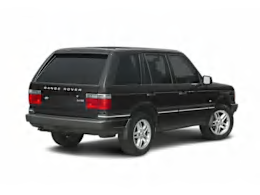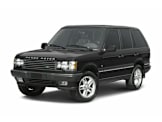An impressive redesign of the Range Rover brought an eight-speed automatic transmission along with supercharged V6 and V8 engines delivering immediate thrust. Combined with an aluminum unibody, fuel economy increased considerably. We averaged 17 mpg with the base V6. While not exactly stellar, this is better than most of the class. Handling is responsive and secure, but not sporty. However, ride quality is unsurpassed, as the suspension system swallows up nearly every bump. Further, off-road ability remains legendary. Tasteful wood, leather and chrome trim, in concert with very comfortable and supportive seats maintain the Range Rover’s reputation for luxury. However, some of the controls are dated, including the touchscreen infotainment system. Safety features such as blind spot monitoring, cross-traffic alert, and lane-departure warning are options -- despite the high price of entry. 2016 models offer a 254-hp, 3.0-liter turbodiesel V6; upgrades to the infotainment system; and an available hands-free tailgate opening system. 2018 brings an updated exterior, infotainment system, and a SVAutobiography Dynamic version with a 557-hp supercharged V8. Updates for 2019 include a level 2 partial automation as an option as well as a P400e plug-in hybrid version. Other new features include Android Auto and Apple Carplay compatibility. Changes for 2020 include a new 3.0-liter inline six-cylinder gasoline engine, which comes with a mild hybrid system, producing between 355- and 395-hp.



























